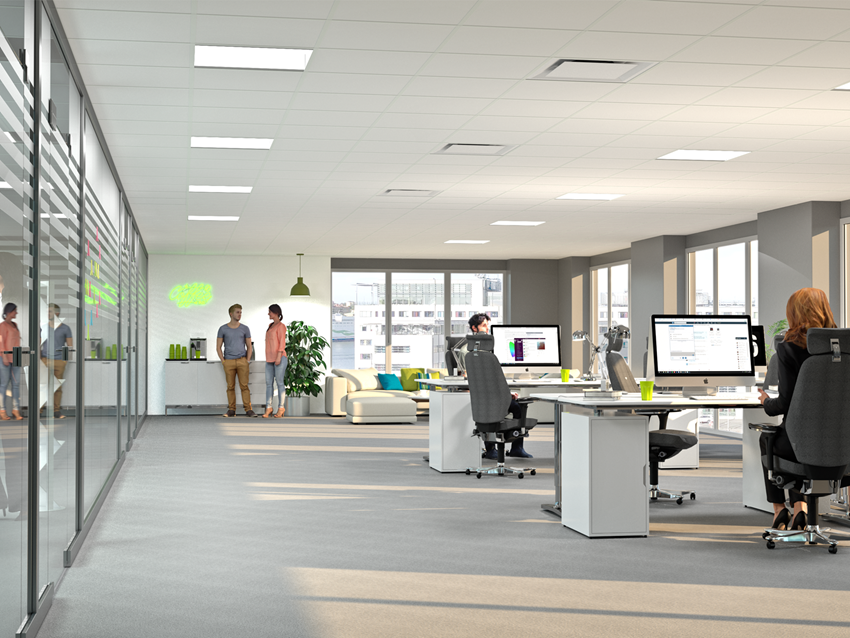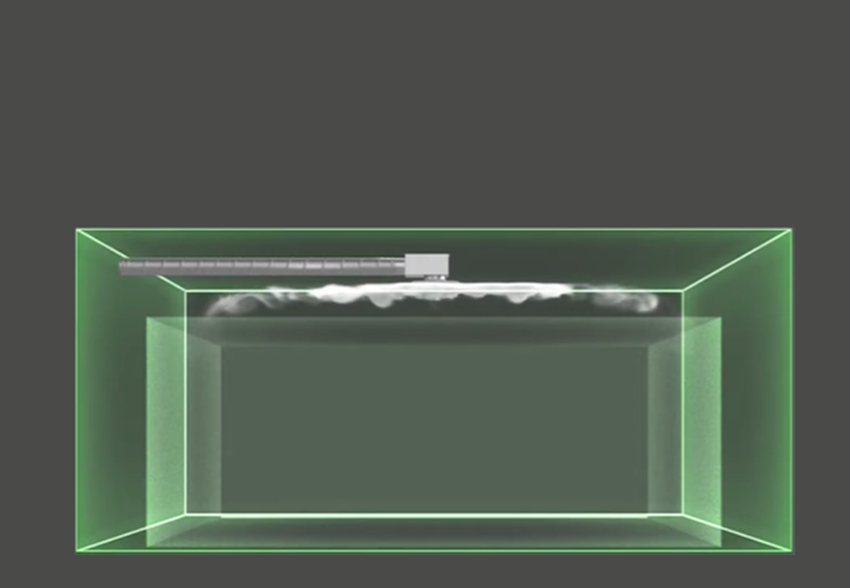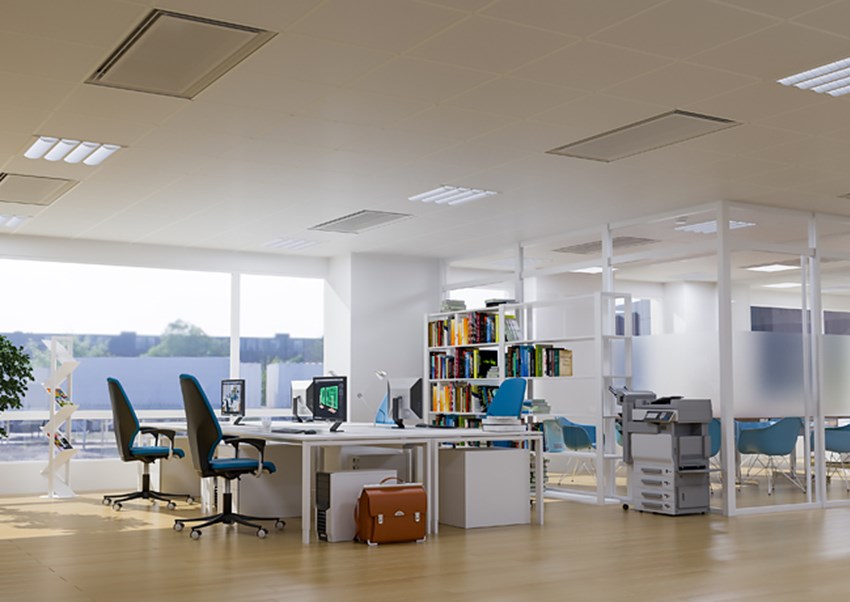Swegon solutions
We have a wide range of products for supplying air to a room or building. Depending on the application and a number of indoor climate related requirements, various principles for ventilation flow may be prefered.
Air diffusers of many kinds
Swegon offers a wide range of different air diffusers. They may, for instance, be placed in suspended ceilings, be wall mounted or exposed in the room. Which ever, they may also be designed to fit its surroundings and either blend in or stand out.
Some air diffusers are also developed for specific buildings or room applications, clean-rooms in hospitals for example.


Nozzle diffusers for good flexibility
Aside from providing a good indoor climate in the premises today, the nozzle diffuser is a good investment for tomorrow's needs. As our animations show, the many adjustable nozzles allow great flexibility as they may be turned to change the air flow pattern. Meaning, nozzle diffusers can perfectly suit a new interior design with only small adjustments.
To our products and animations
Waterborne solutions for large-scale cooling
For large-scale cooling requirements, Swegon offers waterborne climate systems in which the energy is transported by water. Radiant panels provide a draught-free climate but have limited capacity and require a relatively large area for transporting enough heat away. Combined solutions of radiant panels and demand controlled ventilation flows are good options for realising the benefits of the two different systems.
Chilled beams
All our active chilled beams and comfort modules allow the distribution pattern to be adjusted by means of Anti Draught Controls (ADCs). In the past, one of the downsides of chilled beams was the inability to provide an option to vary the air flow without increasing the risk of draught. In a conventional chilled beam, the nozzles have a fixed configuration which entails that the duct pressure has to be varied in order to vary the air flow. At low pressure, the air velocity out of the chilled beam is reduced, which causes the risk of draught. To counter these problems, we have developed functions in the control equipment to prevent the water valve from opening if the duct pressure is too low.
Chilled beams with variable k factors have been developed in recent years. These allow the air flow to be varied without any need to change the duct pressure. This ensures the Coandă effect and a draught-free climate in the occupied zone, even in low air flows.
